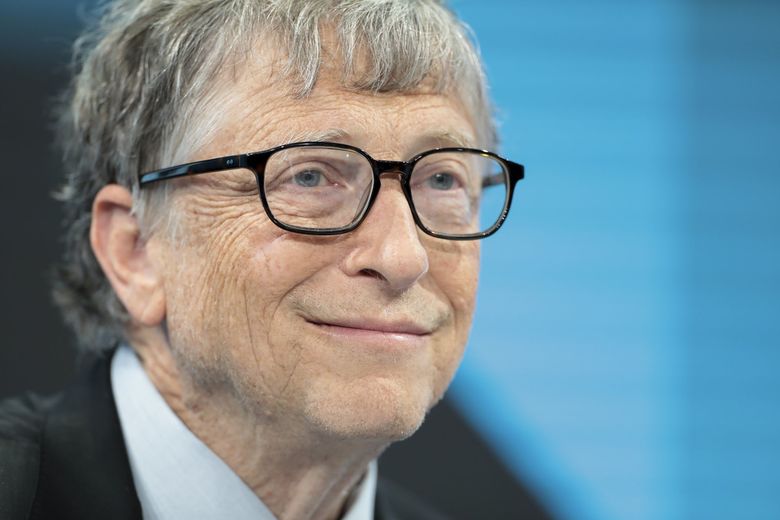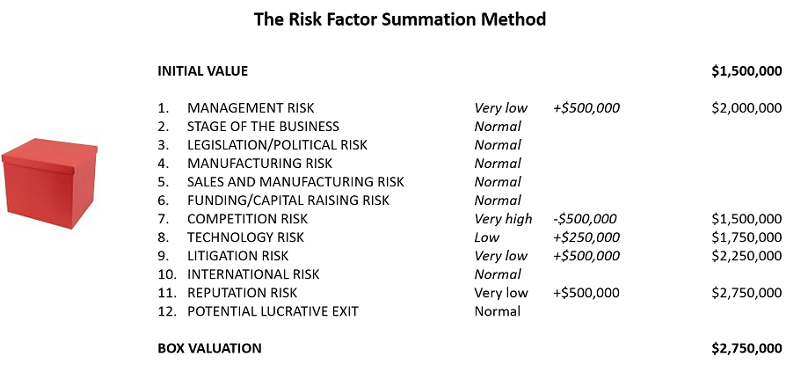Content

It is the change in the stock of money during a period (say a year), which is a flow. The stock of money always refers to the stock of money held by the public. Throughout history the question of not only what constitutes money but where it comes from has been both important and controversial. Lowering this reserve requirement releases more capital for the banks to offer loans or buy other assets. During times of slowdown or a recession, an expansionary policy grows economic activity. By lowering interest rates, saving becomes less attractive, and consumer spending and borrowing increase.
- Expansionary policies entail increasing the money supply through means such as open market operations, in which the central bank acquires short-term Treasuries with freshly produced money, thus pumping money into the economy.
- This then leads to a decrease in the money supply, which causes the money supply curve to shift to the left.
- When the quantity of money increases, interest rates tend to fall, as there is more money in the market, and you don’t have to pay a higher price to access it.
- For that reason, several economists like Milton Friedman pointed to the money supply as a useful indicator of the state of the national economy.
A contractionary strategy, on the other hand, would include the sale of Treasuries, removing money from circulation in the economy. The total amount of money or capital in the economy on the day of measurement is referred to as the money supply. It includes both currencies and demand deposits, as these are the most liquid components of the money supply.
M1 (Narrow Money)
Central banks can influence the money supply by open market operations. They can increase the money supply by purchasing government securities, such as government bonds or treasury bills. This increases the liquidity in the banking system by converting the illiquid securities of commercial banks into liquid deposits at the central bank. This also causes the price of such securities to rise due to the increased demand, and interest rates to fall. These funds become available to commercial banks for lending, and by the multiplier effect from fractional-reserve banking, loans and bank deposits go up by many times the initial injection of funds into the banking system.

Currency includes all coins and paper money issued by the government and the banks. Bank deposits (payable on demand) are regarded part of money supply and they constitute about 75 to 80 per cent of the total money supply in the US. Some economists also include near money, or such liquid assets as savings, deposits and government bills in the money supply. The total supply of money is determined by banks, the Federal Reserve, businessmen, the government and consumers.
Causes of Shifts in the Money Supply
Monetary policy seeks to control inflation through the manipulation of money supply and interest rate targets, of which we will explore the former. When money supply is high, it boosts consumer spending and investments, which in turn spurs the economy. Vice versa, when the money supply is low, consumer spending and investments fall and, in the long term, can result in a declining economy.
By manipulating interest rates or reserve requirements, or through open market operations, a central bank affects borrowing, spending, and savings rates. In times of economic slowdown, the government can expand monetary policy to encourage economic growth. It does so by buying securities from the open market and easing reserve requirements to increase the money supply, and on the other hand, reducing the interest rate target. Over some periods, measures of the money supply have exhibited fairly close relationships with important economic variables such as nominal gross domestic product (GDP) and the price level. Central banks, including the Federal Reserve, have at times used measures of the money supply as an important guide in the conduct of monetary policy.
In the money supply statistics, central bank money is M0 while the commercial bank money is divided up into the M1 and M3 components. The U.S. money supply comprises all of the physical cash in circulation throughout the nation, as well as the money held in checking accounts and savings accounts. It does not include other forms of wealth, such as long-term investments, home equity, or physical assets that must be sold to convert to cash. It also does not include various forms of credit, such as loans, mortgages, and credit cards. The backbone of the currency system is the central bank notes and coins because central bank has the monopoly of note issue, though in certain countries the treasury also issues notes or coins along with the central bank. In India, for instance, one rupee notes are issued and managed in circulation by the government of India, Ministry of Finance, and the rest of the notes and coins are issued and managed by the Reserve Bank of India.
Money Supply – Key takeaways
During double-digit inflation in the 1980s, the Federal Reserve raised its benchmark interest rate to 20%. Though the effect of high rates spurred a recession, inflation was reduced to a range of 3% to 4% over the following years. Authorities can manipulate the reserve requirements, the funds that banks must retain as a proportion of the deposits made by their customers to ensure that they can meet their liabilities. The Federal Reserve commonly uses three strategies for monetary policy including reserve requirements, the discount rate, and open market operations. Contractionary monetary policy is used to temper inflation and reduce the level of money circulating in the economy. Expansionary monetary policy fosters inflationary pressure and increases the amount of money in circulation.
On the other hand, when the Fed sells securities in the market, they are effectively withdrawing money from the market, causing a shift in the supply curve to the left. To learn about money creation in action, check our explanation on the Money Multiplier. Different assets and attributes outperform at different stages in the business cycle. By understanding where we are in the current business cycle, investors can strategically shift their portfolios to maximize their returns. As of May 18, 2005, in addition to the lower guaranteed limit, a new upper guaranteed limit was set for the [Hong Kong dollar at 7.75 to the American dollar.
Supply of Money
Second, they use the funds that they receive from depositors to make loans to borrowers; that is, they serve as intermediaries in the borrowing and lending process. Understanding the fundamentals of money supply and money demand helps get an idea regarding the country’s financial status and the fluidity of the country’s currency. In this section, we shall talk about the supply of money, its meaning, components, and the various methods that are involved in the money supply. Bank deposits fall because people are just getting by or, worse, losing their jobs. In any case, businesses and individuals shy away from big spending due to the poor economy. However, since 2000, these relationships have become less predictable, reducing their reliability as a guide for monetary policy.
These are no doubt a store of value but are not the means of payment but only equivalent to means of payment. On the other hand, when the Fed decreases the discount rate, it becomes cheaper for the banks to borrow money from the Fed. This results in a higher money supply in the economy, causing the money supply curve to shift to the right.
Exchange Rates
Retirement account balances and time deposits above $100,000 are omitted from M2. These exclusions are in order because their inclusion i.e., of both the cash holdings of money issuers and the monetary super-structure supported by these holdings would involve double counting. Thus, for all practical purposes, the money supply with public consists of currency (notes and coins) and demand deposits with banks. Net demand deposits include deposits held by public and not inter-bank deposits—deposits held by one bank for another. Other deposits (od) of the RBI are its deposits other than those held by the government (Central and State Governments), banks, and a few others. These other deposits constitute very small proportion (less than one per cent) of the total money supply, hence could be ignored.

In the income and employment analysis quite often money supply is taken and as exogenous variable (depending on the administrative action of the central bank). This convenient simplification has been followed in the employment theory from time supply of money refers to to time. But in actual practice the empirical studies on money supply data have shown that it is not at all necessary to assume that the money supply is exogenous—that is, unrelated functionally to other variables in the economic system.
The M2 numbers provide important insight into the direction, extremity, and efficacy of central bank policy. A significant change in the measurement of M2 came in May 2020, when savings accounts were moved from M2 to M1. For example, a business may periodically transfer $10,000 from a money market account to a checking account.
Money creation by commercial banks
Alan Greenspan, the Federal Reserve Chairman at the time, questioned the usefulness of the money supply measurement and concluded that if the economy were dependent on M2 for growth, it would be in a recession. The Federal Reserve no longer sets target ranges for money supply growth. A contractionary policy increases interest rates and limits the outstanding money supply to slow growth and decrease inflation, where the prices of goods and services in an economy rise and reduce the purchasing power of money.
